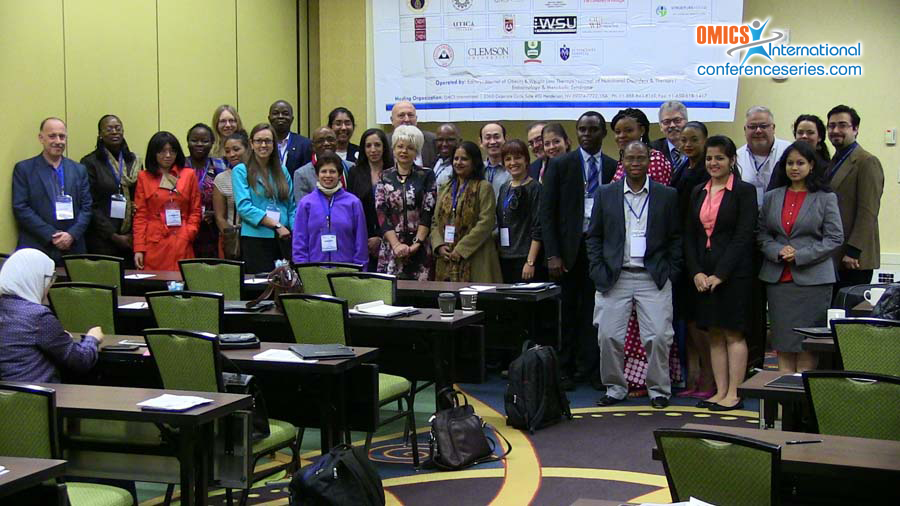
May Tsai
St Vincent’s Hospital Melbourne
Australia
Title: : Laparoscopic Sleeve Gastrectomy Versus Laparoscopic Adjustable Gastric Banding – Perspective from Rural Australia
Biography
Biography: May Tsai
Abstract
Aim/objective
Obesity affects over 60% of Australian population and bariatric surgery is increasingly used to address this issue. However, there is limited literature in the Australian rural context. Our objective was to compare outcomes of laparoscopic sleeve gastrectomy (LSG) and laparoscopic adjustable gastric banding (LAGB) performed in rural Australia.
Methods Retrospective review of consecutive patients who underwent LAGB and LSG by a single surgeon at a rural hospital in Victoria, Australia were obtained from bariatric database. The main outcomes measured were major complications and weight loss over time, expressed as percentage of excess body weight loss (%EWL) and Body Mass Index loss (BML kg/m2).
RESULTS 140(58.1%) and 101 patients (41.9%) underwent LSG and LAGB respectively. No mortality was recorded. Three patients (2%) returned to theater due to staple line leak post LSG. Only 1(1%) patient in the LABG required return to theater for readjustment of band. Post op blood transfusion rates were 2%(3 patients) and 1%(1 patient) in the LSG and LABG group respectively. 7 other patients (5%) undergoing LSG encountered post op complications (6 patients atelectasis, 1 patient atrial fibrillation) compared to 1 patient in LABG group with pulmonary embolus.
LSG group had a higher pre-operative BMI (45.05 ±6.84kg/m2) compared to LAGB group being 43.15±6.73kg/m2 (p<0.05). LSG provided significantly greater (p<0.05) weight loss after 18 months (%EWL 68.75±13.05% and BML 11.73 ± 6.44 kg/m2) compared to LAGB (%EWL46.15 ±23.85% and BML 8.13±5.44kg/m2)
CONCLUSIONS Bariatric surgery can be performed safely in rural Australia with comparable results to international standards. LSG is more effective than LABG in achieving weight loss.



